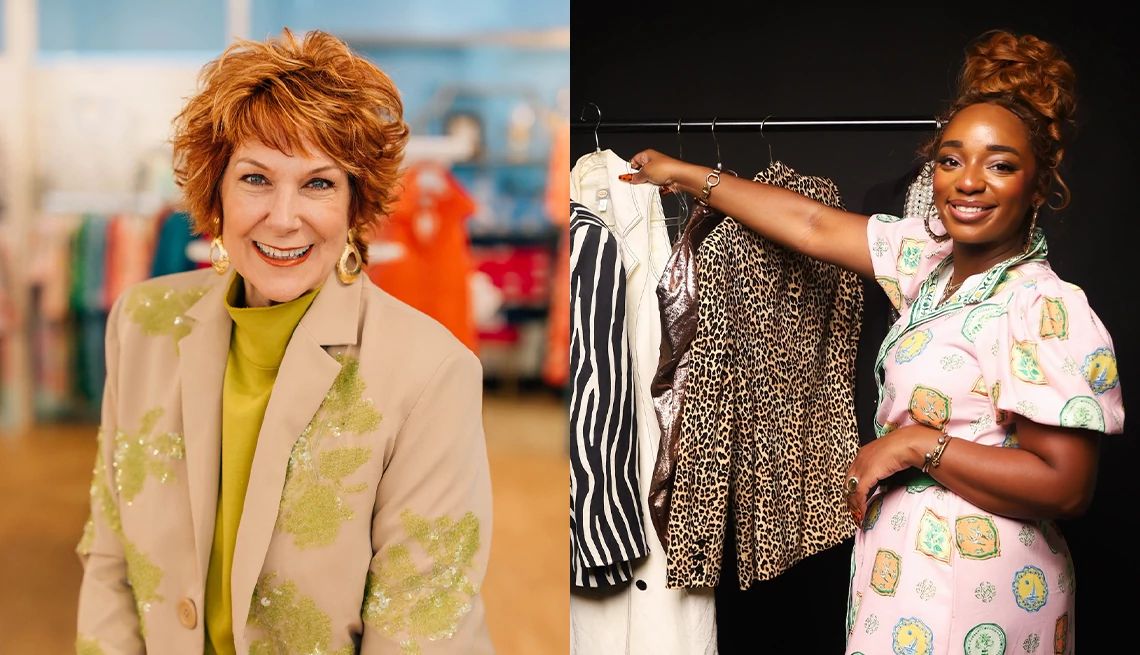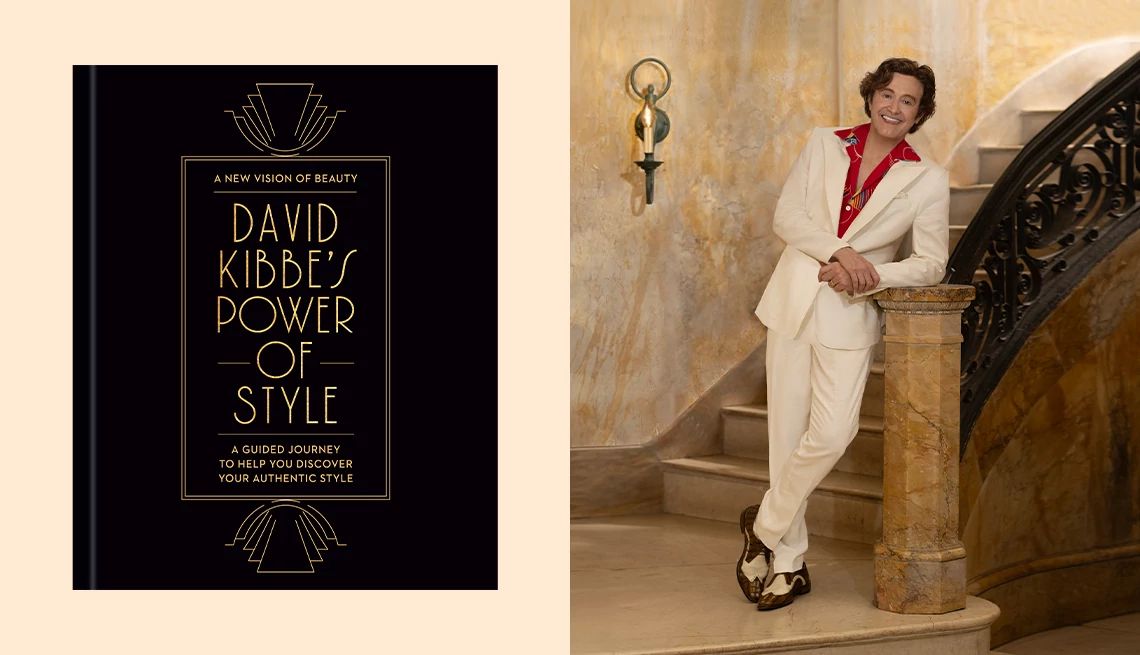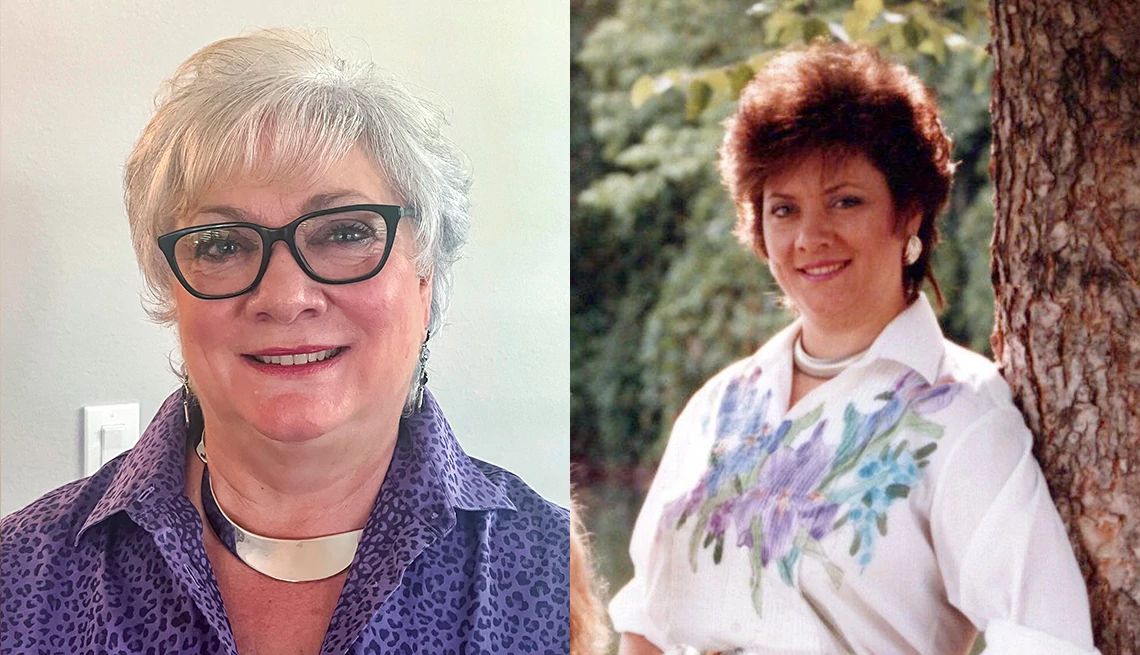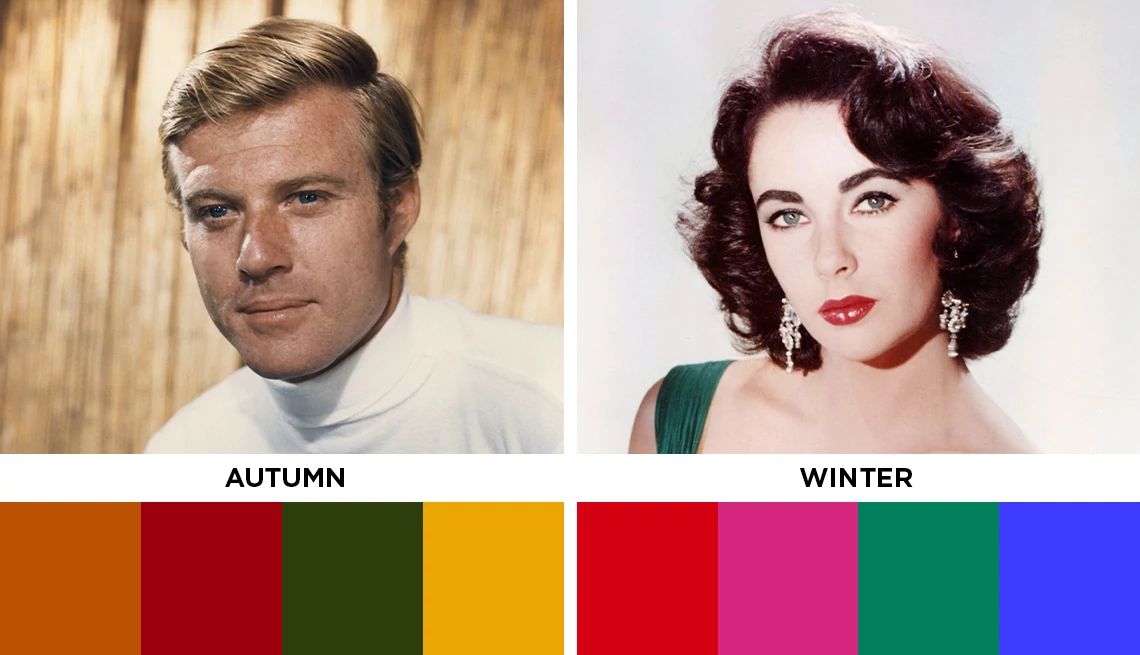AARP Hearing Center


There’s more to a great outfit than what meets the eye. Think about those garments you gravitate toward when you’re getting dressed. The ones that make you look and feel the most fabulous. Maybe it’s the cut or silhouette. It could be the pattern or texture. Or perhaps, it’s just one thing making all the difference: the color.
Knowing which colors to wear is a common style struggle. Some colors wash you out while others seem too harsh, and you have yet to strike the right balance. If this is the case for you, then it might be time for a color analysis.
What is color analysis?
Put simply, a color analysis helps you determine which colors complement you most based on your skin tone, eye color and hair color. Your undertone, which is the natural coloring below your skin’s surface (e.g., warm and cool), is another key factor. “When you work with colors in clothing, hair, makeup, accessories — anywhere in your appearance — you want those colors to be in harmony with your natural coloring and also in harmony with each other,” says David Kibbe, a New York City-based color analysis expert, renowned stylist and the author of David Kibbe’s Power of Style: A Guided Journey to Help You Discover Your Authentic Style.


Once you understand your natural coloring, you’ll be able to identify your “season” (winter, spring, summer and autumn), or what Kibbe refers to as your “family of colors.” Your seasonal palette will comprise a wide range of colors along with all of its warm and cool versions, giving you endless options to choose from when it’s time to shop.
Shari Braendel, founder and CEO of Style by Color and image consultant based in Charlotte, North Carolina, likes to examine her clients’ dominant color characteristics and contrast level between their hair, skin and eye color. “This is what makes a huge difference when someone is going gray, because there are different levels of gray,” she says. “Even though we may put somebody with gray hair into the cool category, in terms of hair color, her shade of gray will determine whether she’d look better in black and white versus gray and white, for example.”




































































More From AARP
How to Fake Better Brows
Easy solutions for making scarce or faded eyebrows appear more lushThe Secrets to Dyeing Black Hair Damage-Free
The pros share how to get the best shade with the best careBest Rain and Snow Gear for Women Over 50
Boots, umbrellas, gloves and hats to face any storm in style